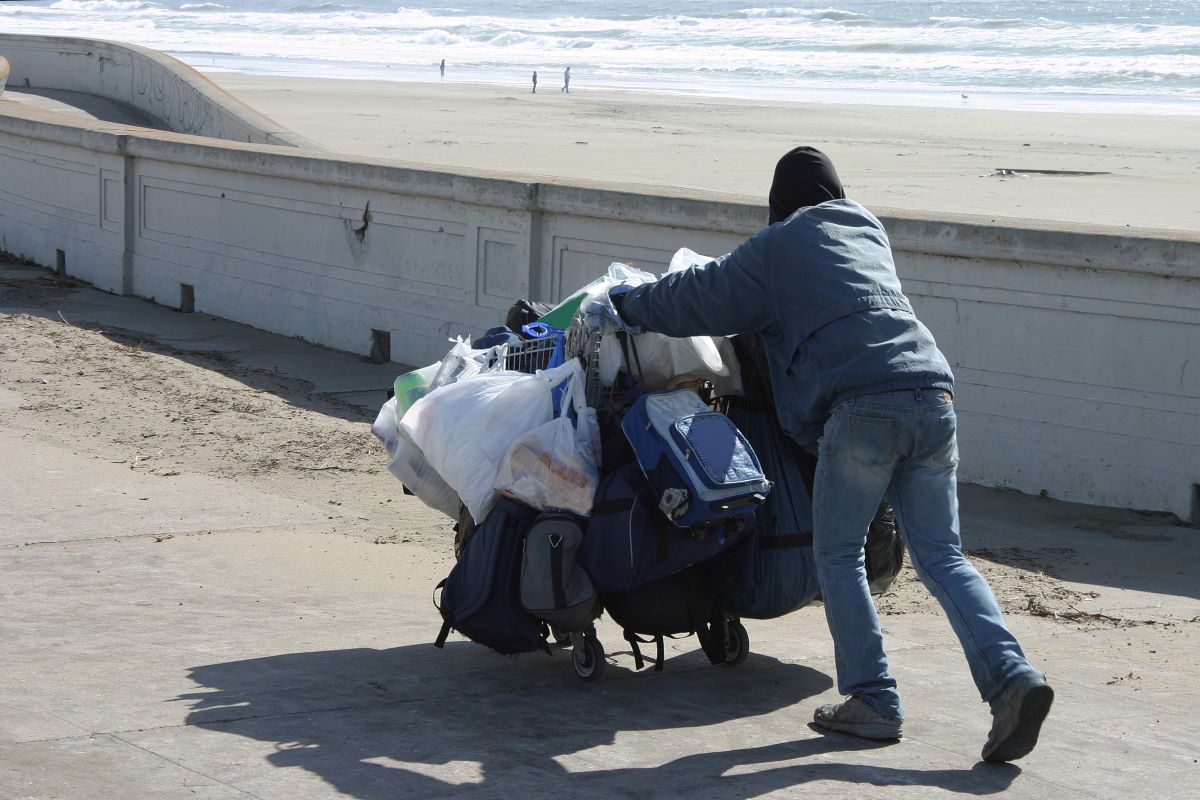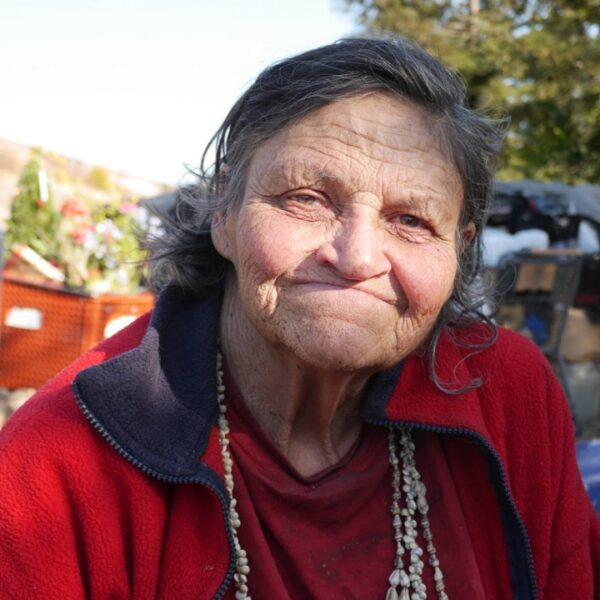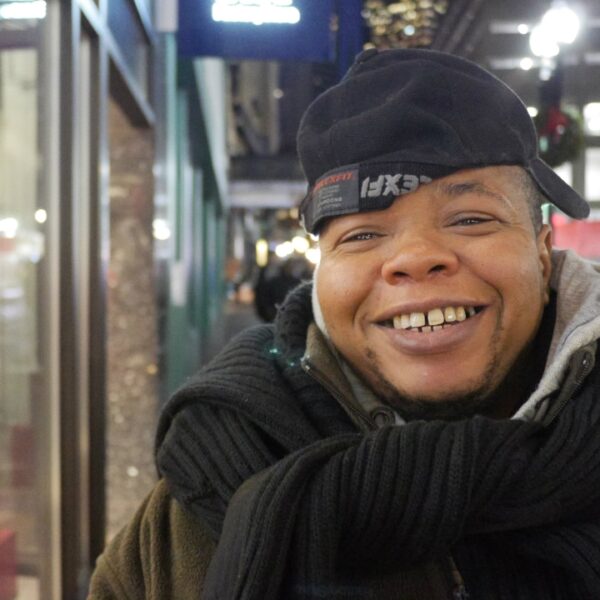California’s Approach to Interim Housing Faces Scrutiny as Audits Reveal Failed Outcomes for Unhoused Individuals
People experiencing homelessness who are placed in California’s interim housing system are more likely to end up back on the streets than in permanent housing, according to a pair of audits.
The audits were released as California lawmakers are doubling down on a strategy to build more supportive housing units through Proposition 1. However, the audits suggest that the efforts won’t have a meaningful impact if regulators don’t assign specific and measurable goals for the program.
“The State lacks current information on the ongoing costs and outcomes of its homelessness programs because [the California Interagency Council on Homelessness] has not consistently tracked and evaluated the State’s efforts to prevent and end homelessness,” California state auditor Grant Parks wrote in his letter to Gov. Gavin Newsom and legislative leaders.
Overall, the audits found that California has spent $24 billion to address homelessness over the last five years with little impact.
Challenges in California’s Interim Housing Programs
According to federal data, homelessness in California has increased by roughly 28% since 2018. About 181,000 people are homeless in California on a given night. U.S. District Judge David O. Carter of California ordered the audits.
During that time, California became increasingly reliant on so-called “interim housing” placements such as emergency shelters, Safe Haven beds, and transitional housing. Across California, more than 86% of people experiencing homelessness who entered one of the state’s housing programs ended up in one of those three housing units. That total represented more than 274,000 total housing placements.
However, according to the audit, more than 40% of people placed in those housing units ended up experiencing some form of homelessness after being placed into a state housing program. For instance, 31% of people placed in interim housing reported becoming unsheltered once they exited. Another 13% of participants went back to living at a homeless shelter.
Lack of Clear Goals and Metrics
One of the primary reasons why so many folks end up back on the streets after entering an interim housing program is that the state does not have strict guidelines and metrics to guide the work, the audits say.
The California Interagency Council on Homelessness, for example, has not aligned its action plan with measurable goals and has not established a consistent method for collecting data, according to the audits.
“Fundamentally, the audit depicts a bit of a data desert,” California state Sen. Dave Cortese, a Democrat from Santa Clara County, told CalMatters.
California’s Council on Homelessness pushed back against the findings in the audits. A spokesperson for the agency told CalMatters that the audits show the “critical need to hold local governments accountable” regarding the performance of homelessness resolution programs.
The audits also found that California’s homelessness response system is spread out among nine state agencies and more than 30 programs overall. Some of the programs do not keep accurate records of their progress, making it difficult for the state auditor to evaluate their performance.
Successes and Cost-Effective Solutions
The audits reviewed five of the 30 state homelessness resolution programs and found that only two were “cost-effective.”
One is Newsom’s Homekey program, which has helped local governments turn hotels and motels into supportive housing for an average cost of roughly $144,000. For comparison, a typical housing unit can cost up to $570,000 to build in California.
Another program the audits highlighted as a success was CalWorks, a program that can help eligible families pay for rent, clothes, food, and other necessities. The audits found that the program spent up to $22,000 per year on participants. Conversely, a person experiencing unsheltered homelessness can cost taxpayers as much as $50,000 per year, the audits said.
“California is facing a concerning paradox: despite an exorbitant amount of dollars spent, the state’s homeless population is not slowing down,” California state Sen. Roger Niello, a Republican from Fair Oaks, told CBS News. “These audit results are a wake-up call for a shift toward solutions that prioritize self-sufficiency and cost-effectiveness.”
How You Can Help
California’s recent audits have revealed alarming failures in the interim housing system, leaving many unhoused individuals back on the streets. We must urge lawmakers to establish clear goals and metrics, ensuring that taxpayer dollars are effectively utilized to provide sustainable solutions.
The pandemic proved that we need to rethink housing in the United States. It also showed that many programs designed to address homelessness are rooted in law enforcement rather than social services.
Handcuffs do not get anyone closer to stable housing. Let’s prioritize compassionate initiatives over punitive measures. Contact your representatives today and demand action for a more effective and humane response to homelessness in our communities.













